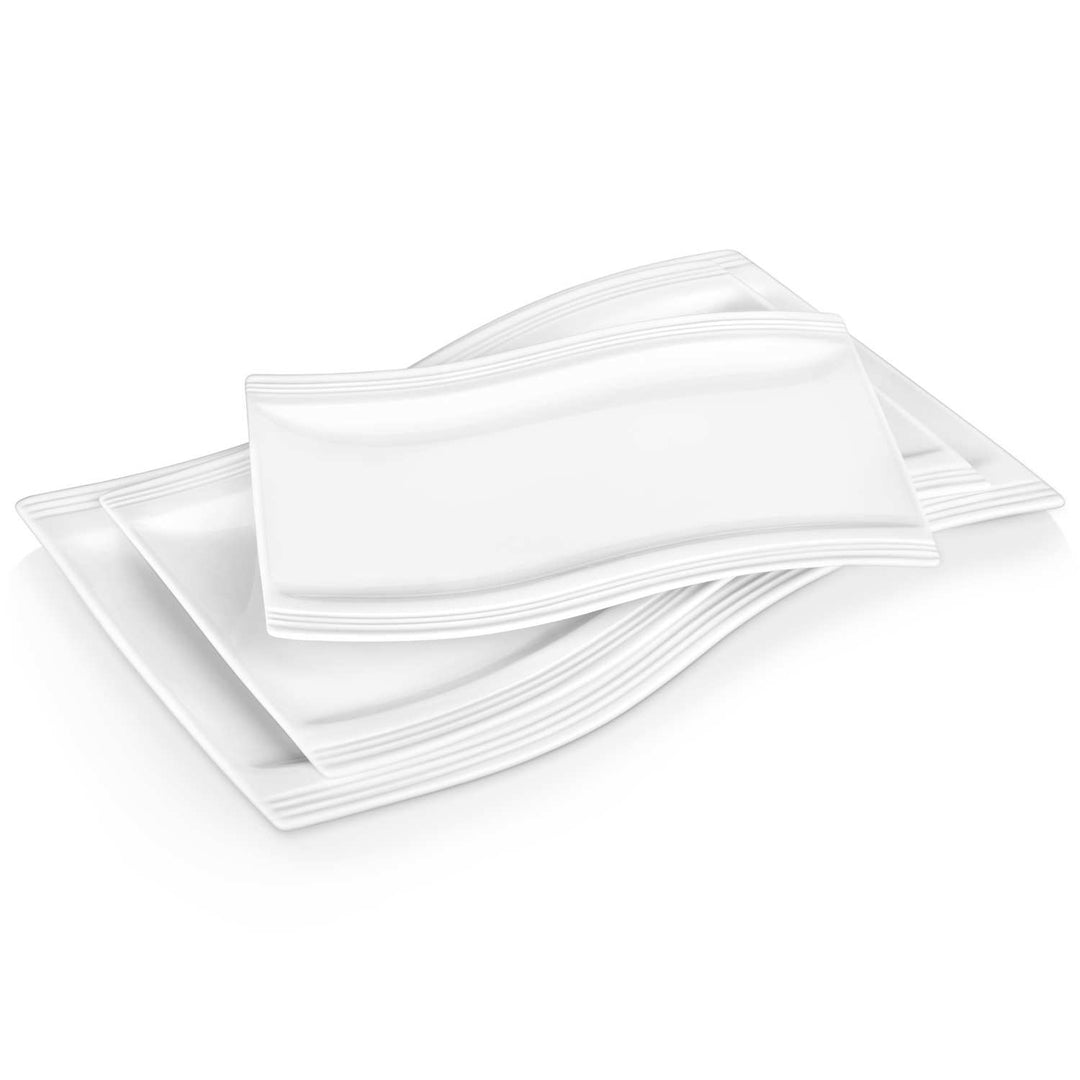Understanding the nuances of sweetener storage is essential for anyone who uses these products regularly. Whether you prefer natural options like honey and maple syrup or artificial sweeteners like aspartame and sucralose, proper storage can significantly affect their longevity and flavor. This guide will explore the best practices for storing various types of sweeteners, ensuring you maintain their quality over time.

Why Proper Sweetener Storage Matters
Have you ever noticed that your sweeteners lose their flavor or texture over time? This degradation can often be attributed to improper storage conditions. Factors such as humidity, temperature, and exposure to light can all impact the quality of sweeteners. By understanding how to store them correctly, you can prolong their shelf life and enjoy their full flavor potential.
Types of Sweeteners and Their Storage Needs
Different sweeteners have unique storage requirements. Here’s a breakdown of some common types:
- Granulated Sugar: Store in a cool, dry place in an airtight container to prevent clumping.
- Brown Sugar: Keep in a sealed container to maintain moisture; consider adding a slice of bread to prevent hardening.
- Honey: Store in a glass jar at room temperature, away from direct sunlight.
- Maple Syrup: Refrigerate after opening to preserve flavor and prevent spoilage.
- Artificial Sweeteners: Keep in a cool, dry place, away from heat sources and moisture.
Best Practices for Sweetener Storage
To ensure optimal sweetener storage, consider the following best practices:
- Always use airtight containers to prevent moisture and contaminants from affecting your sweeteners.
- Label your containers with the date of purchase to keep track of freshness.
- Avoid storing sweeteners near the stove or oven, as heat can alter their properties.
- For liquid sweeteners, ensure the cap is tightly sealed to prevent evaporation.
Signs of Spoilage in Sweeteners
It’s crucial to recognize when sweeteners have gone bad. Look for the following signs:
- Changes in color or texture.
- Unpleasant odors.
- Presence of mold or crystallization.
Conclusion: Elevate Your Sweetener Storage Game
By implementing these sweetener storage practices, you can ensure that your sweeteners remain fresh and flavorful for longer. Remember, the way you store your sweeteners can make a significant difference in your culinary experiences. For those looking to enhance their serving style, consider exploring beautiful serveware options at  . Proper storage not only preserves quality but also elevates your overall dining experience.
. Proper storage not only preserves quality but also elevates your overall dining experience.





